Was a philosophy PhD student, left to work at AI Impacts, then Center on Long-Term Risk, then OpenAI. Quit OpenAI due to losing confidence that it would behave responsibly around the time of AGI. Now executive director of the AI Futures Project. I subscribe to Crocker's Rules and am especially interested to hear unsolicited constructive criticism. http://sl4.org/crocker.html
Some of my favorite memes:
(by Rob Wiblin)
(xkcd)
My EA Journey, depicted on the whiteboard at CLR:
(h/t Scott Alexander)
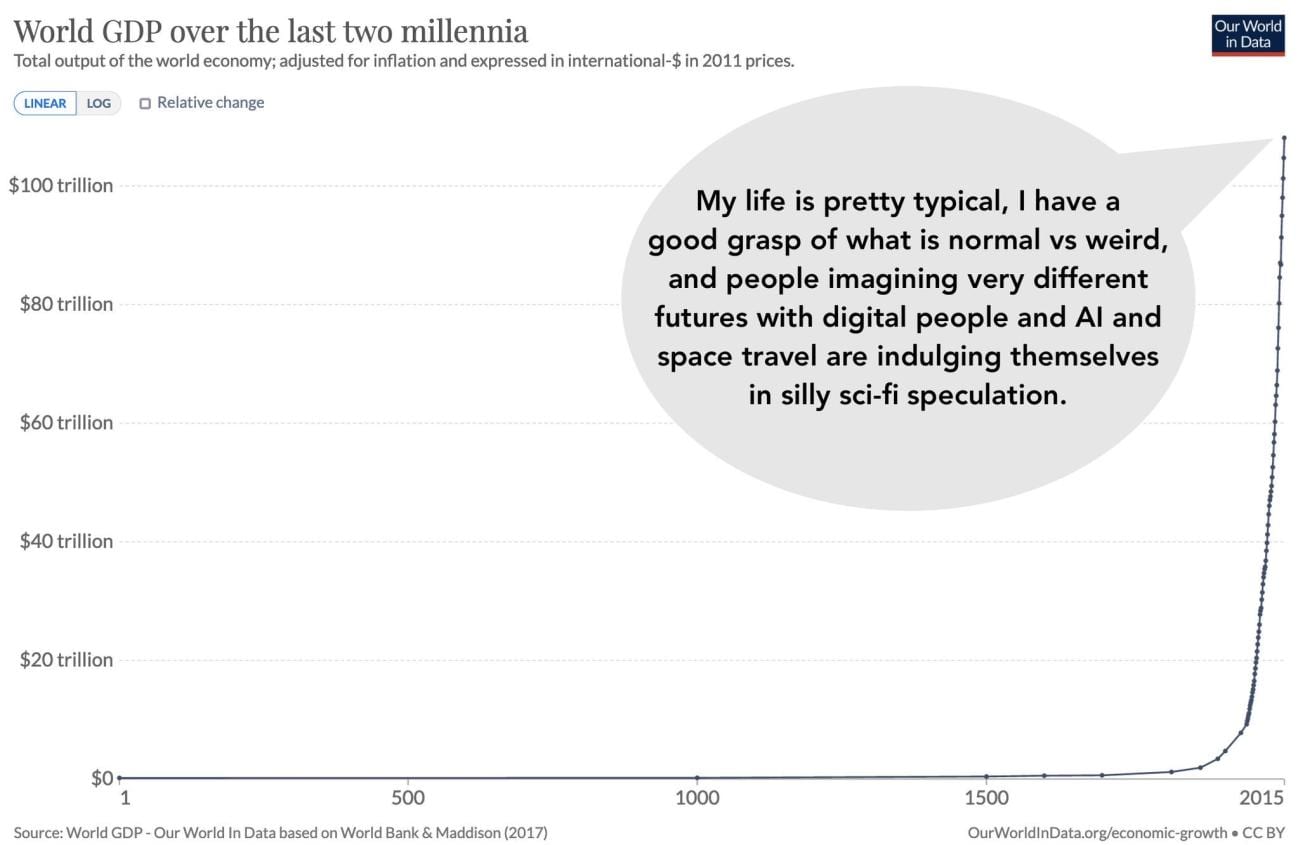
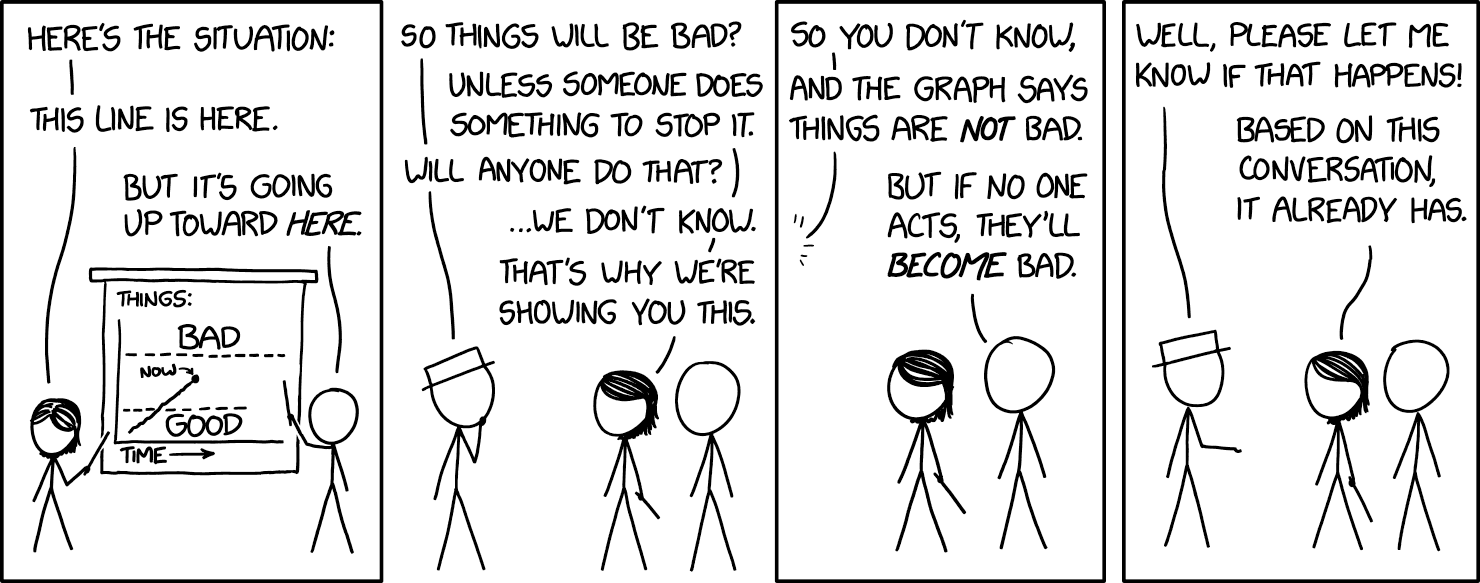
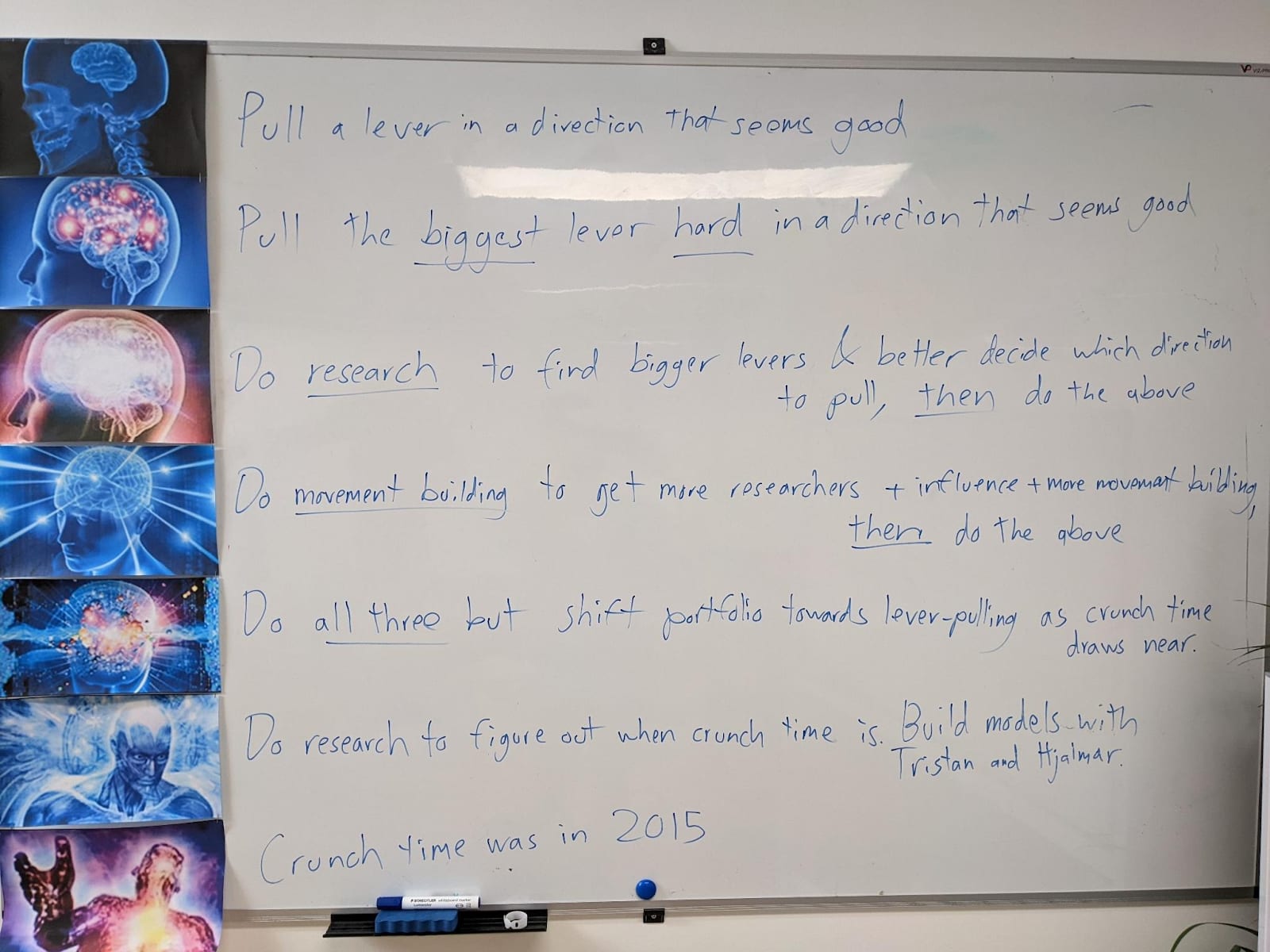
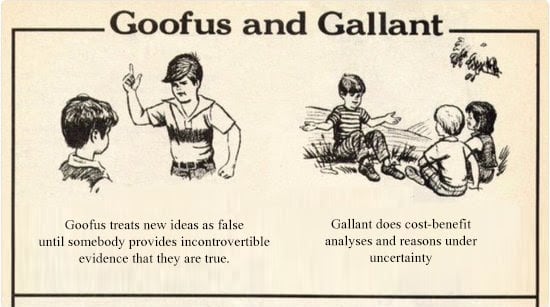
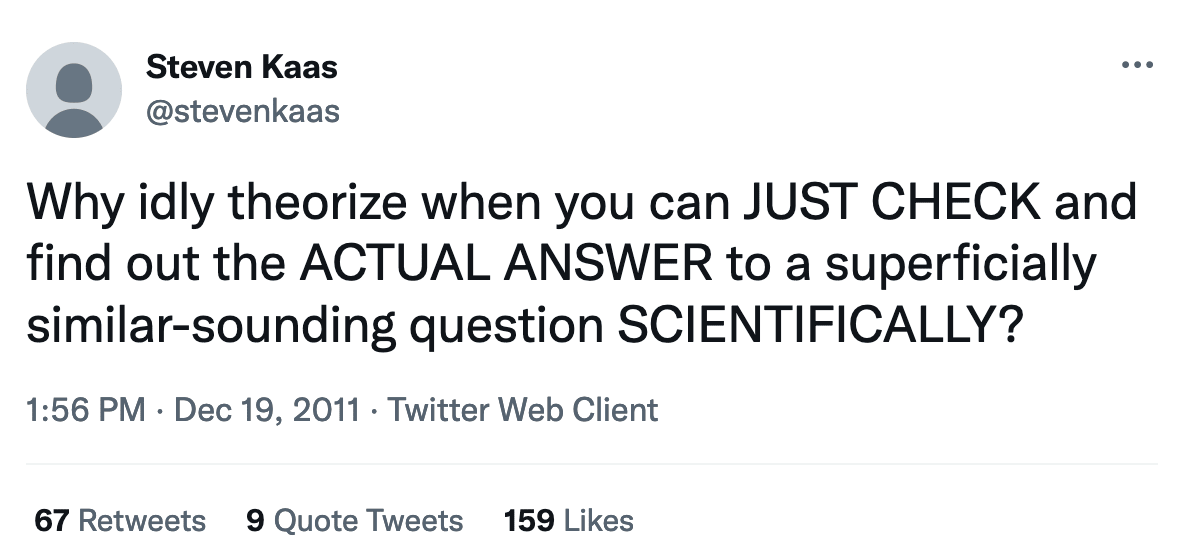
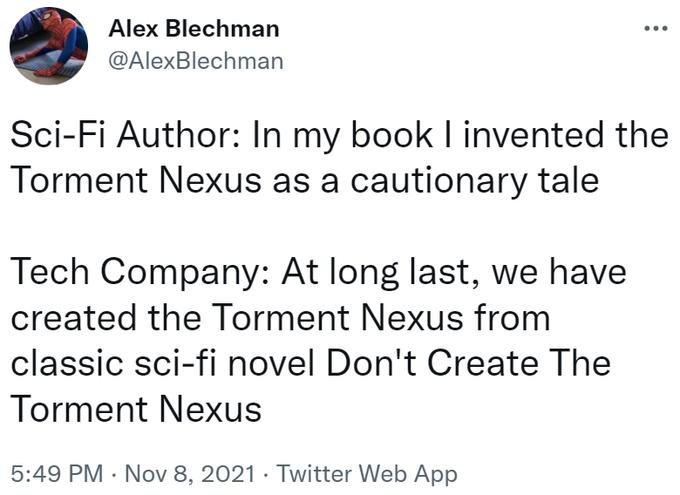
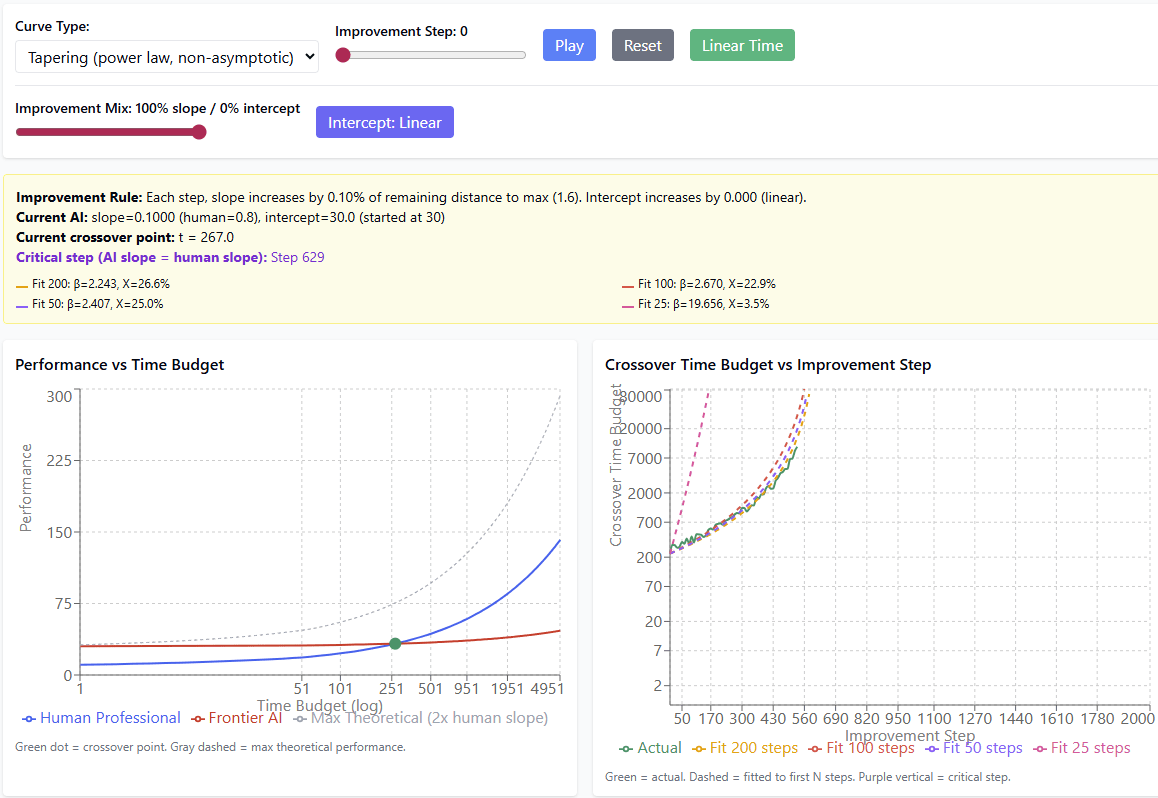
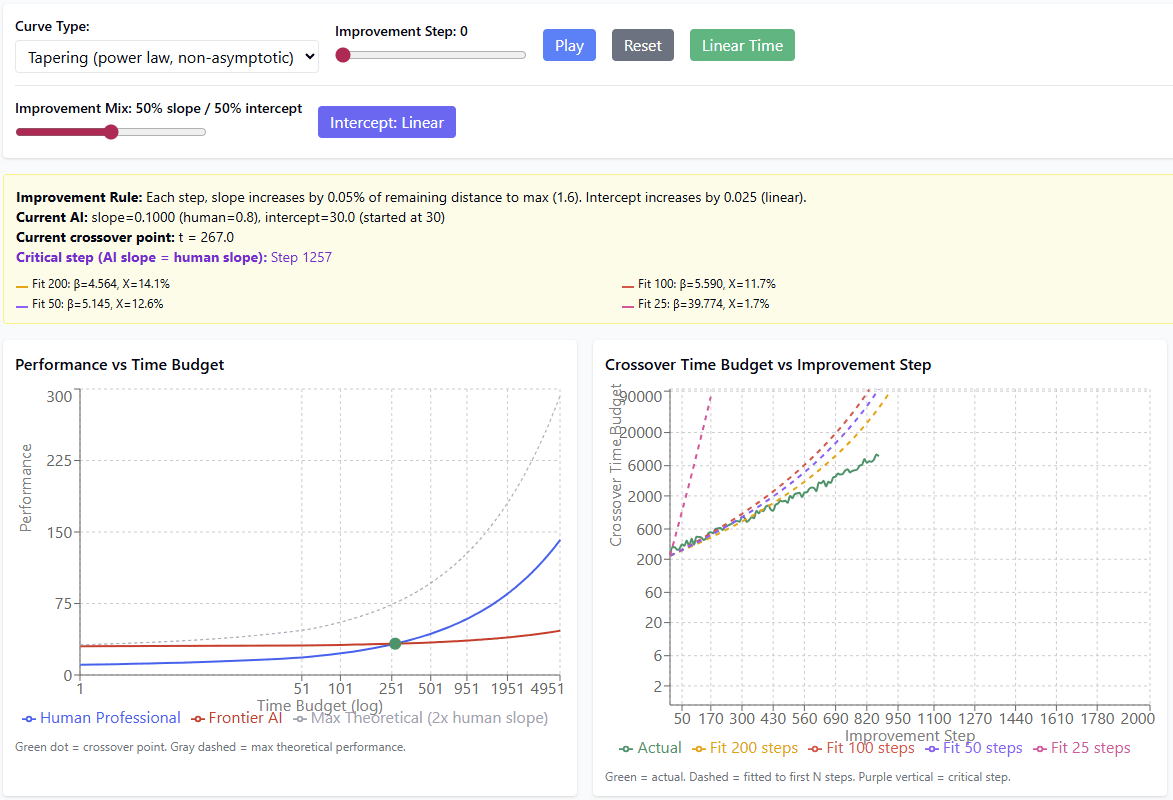
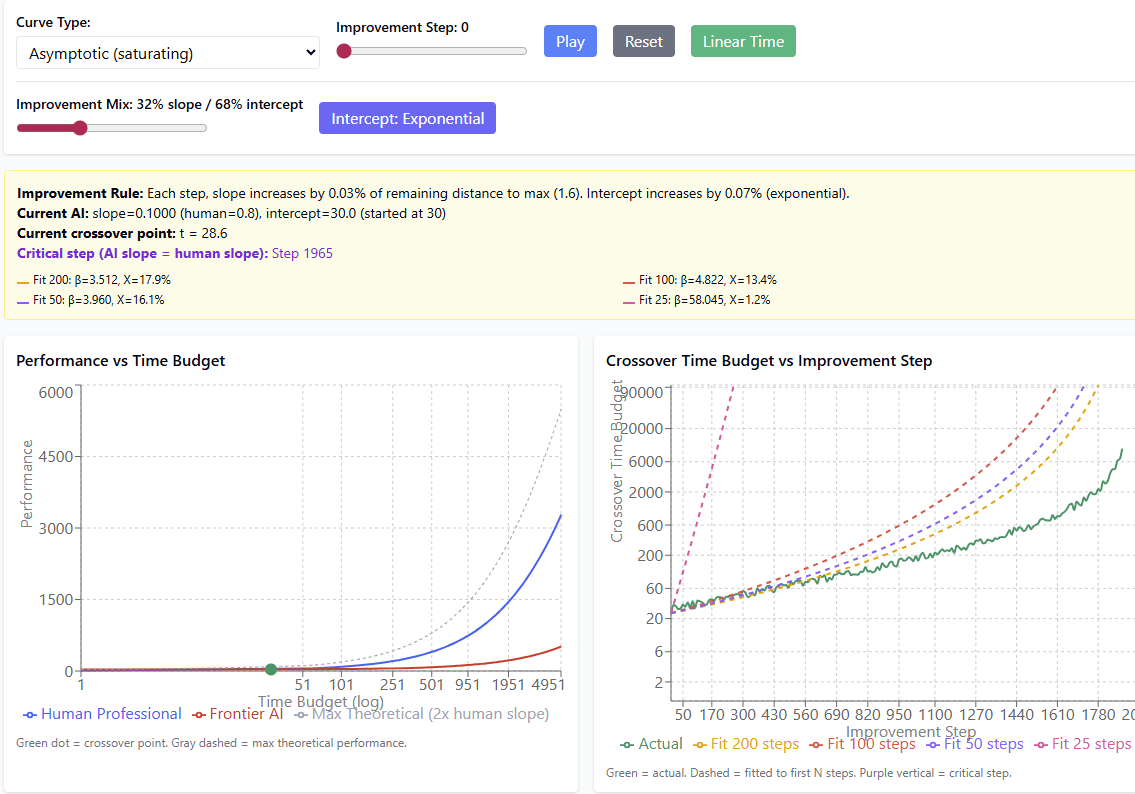

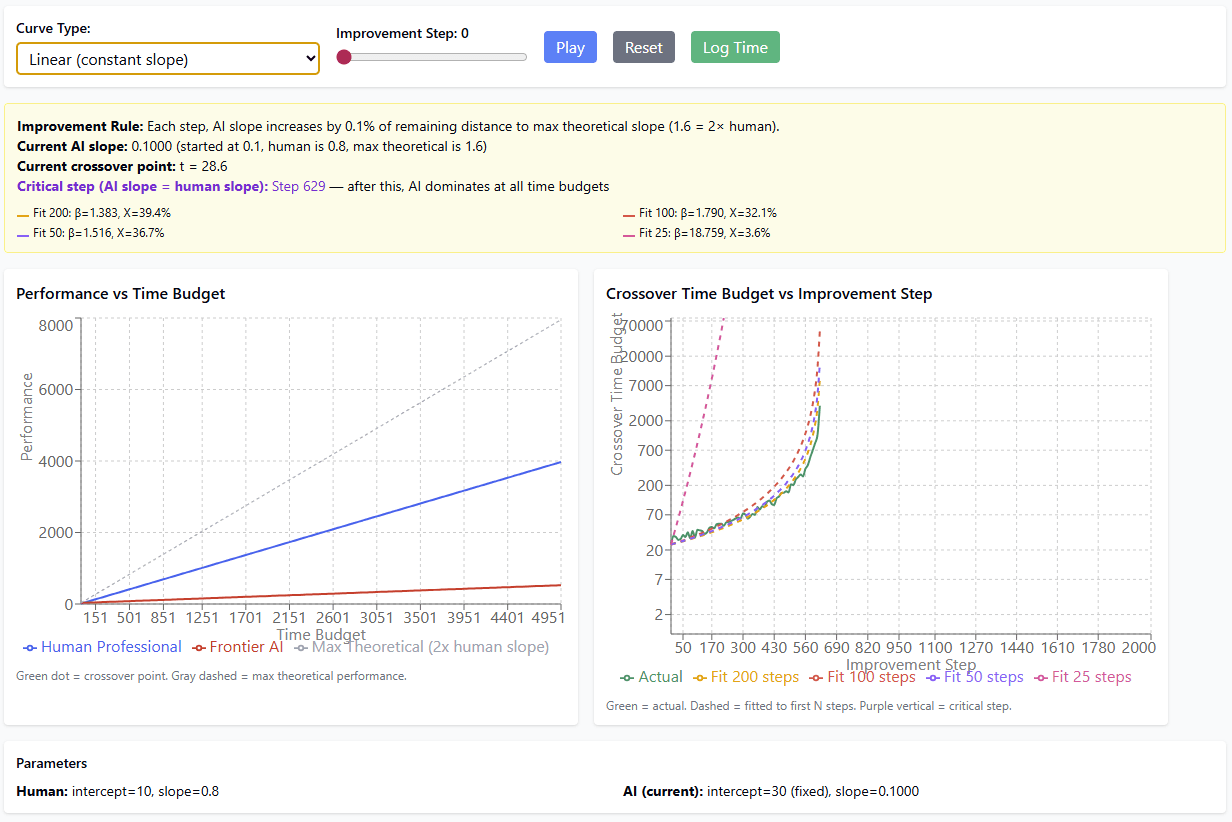
Indeed, the METR trendline alone doesn't strongly distinguish between these hypotheses (unless it started to go superexponential). But other sources of evidence might help distinguish, e.g. we can plot graphs of performance as a function of tokens and see if the slope is changing over the years. I'm excited for more evidence along these lines to be collected.